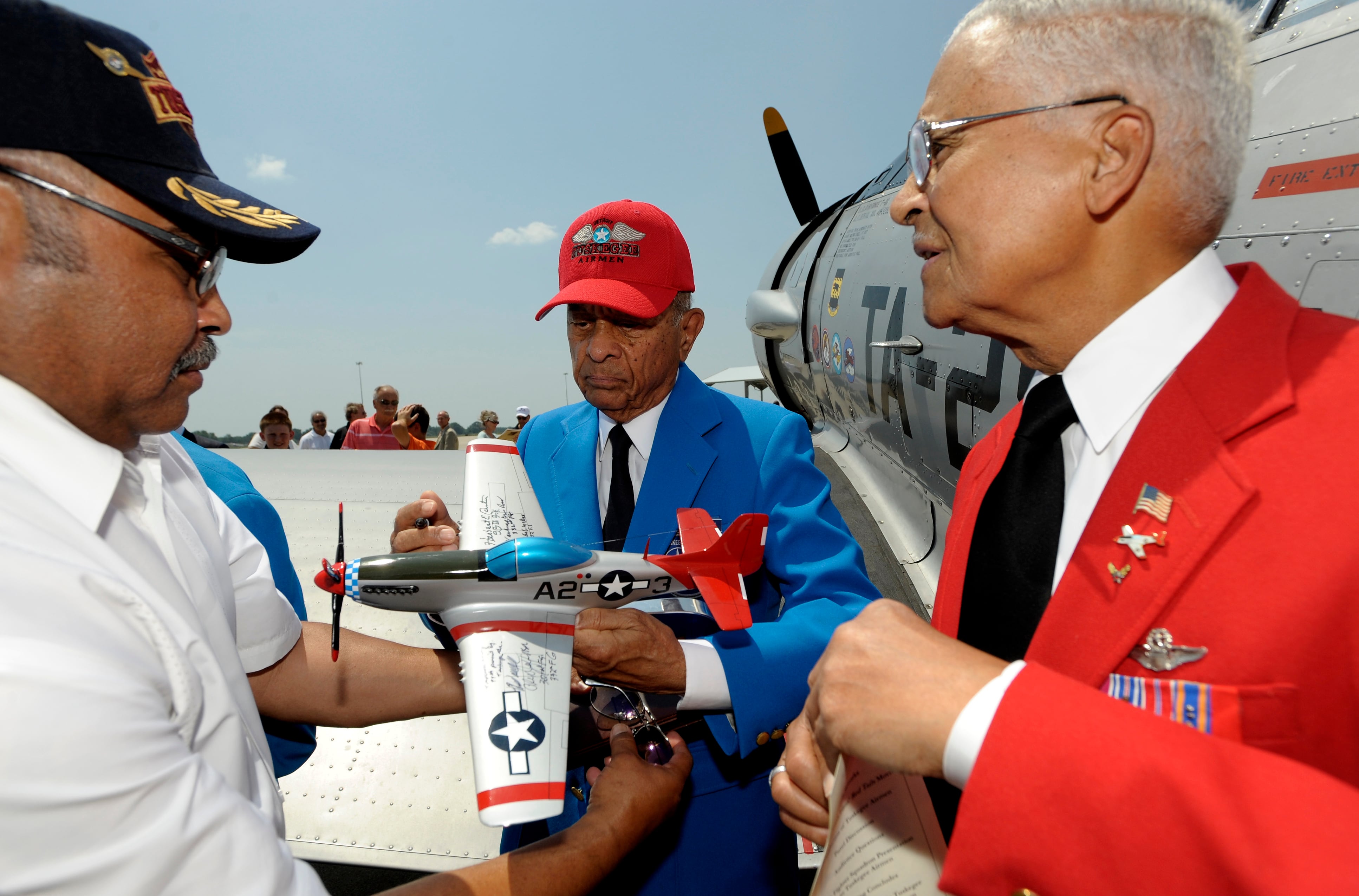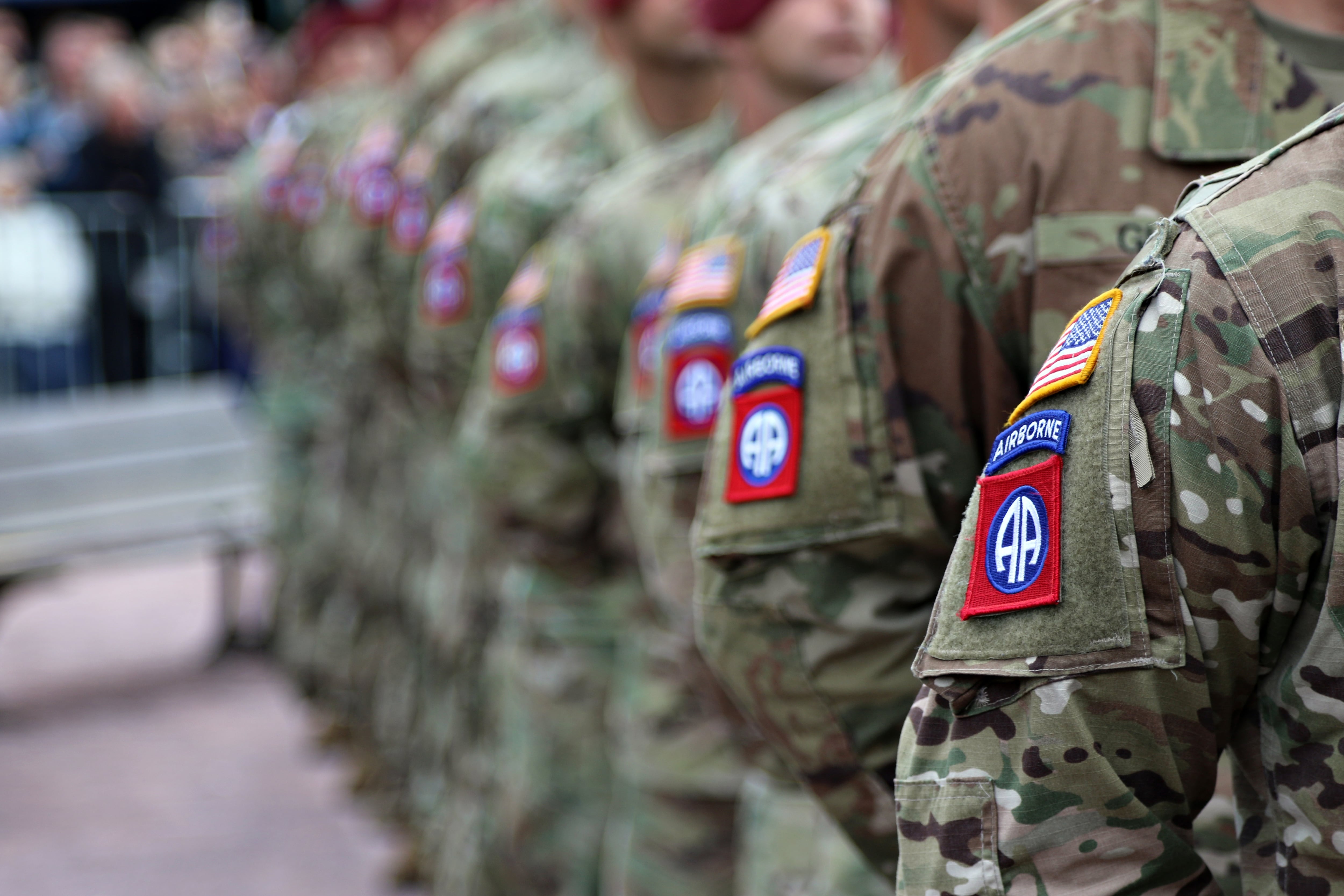WASHINGTON — President Donald Trump's pledge to boost defense spending and rebuild the American military in coming years will likely entail only modest pay and benefits adjustments for men and women in uniform.
Earlier this year, White House officials said their budget proposal (specifics of which are due out May 23) "ends the arbitrary depletion of our strength and security and begins to rebuild the U.S. armed forces." But Trump's proposed defense budget of $603 billion has limited fiscal flexibility. Much of the money is already spoken for in the form of expanded personnel and equipment bills coming due next year.
As a result, hikes in troops' pay, housing stipends and related benefits will be pitted against equipment replacement, munitions upgrades and other hardware expenses. If next year's pay raise is linked to anticipated private-sector wage growth, long the standard for the military's annual increase, it'll mean a paycheck jump of about 1.9 percent.
How would a 1.9 percent pay raise affect your income? Download a chart here showing every paygrade.
Lawmakers have already hinted they're looking at that amount starting next January, which would translate into about $50 more per month for enlisted troops with four years service and about $115 a month for officers with six years.
On Capitol Hill, congressional Republicans hope to push the defense budget higher than the White House request. Both House Armed Services Committee Chairman Mac Thornberry, R-Texas, and his Senate counterpart, Sen. John McCain, R-Ariz., have proposed a $640 billion base for defense, and will begin their legislative budget work with that number in mind.
But that will require a deal with Democratic lawmakers to get around mandated spending caps for fiscal 2018, which would likely require commensurate increases in non-defense spending that GOP leaders have sworn to oppose.
Republican leaders in Congress have made a "full" pay raise for troops a priority for the defense budget in recent years, against the wishes of President Barack Obama’s Pentagon. This year’s pay raise was the first since 2013 that matched private sector pay increases.
Even a 1.9 percent military pay raise will amount to several billion dollars in additional personnel costs, eating into Trump’s desired boost in weapons and the number of personnel.
"There’s just not that much money to move around," said Todd Harrison, director of defense budget analysis at Center for Strategic and International Studies. The White House proposal is "not that much higher than what Pentagon officials were already planning. And a good portion of the extra money will be eaten up just by end strength."
Congress forced a 16,000-soldier jump in Army personnel and a 3,000-person boost for the Marine Corps, and approved an Air Force request for 4,000 more airmen, in last year’s defense authorization bill, moves that will add to the military’s spending bill for years to come.
Moves to trim housing stipends by a few percentage points (the benefit now covers 95 percent of anticipated regional rental costs, instead of the previous 100 percent) are viewed in the Pentagon as long-term savings to be reinvested in other programs.
Restoring that money is considered a fiscal luxury that officials have not seriously discussed.
Harrison said one of the most important aspects of the White House's official budget request will be understanding the administration's five-year plan for defense funding, and whether there is a realistic plan to start filling some of those gaps through a broader budget strategy.
Trump has promised to significantly up the number of Navy ships, Air Force combat aircraft and military munitions. Many of those priorities can't be paid for in a single fiscal year.
"If we’re just seeing top lines, and there’s no detail under that, then it’s just a placeholder with no real plan," Harrison said. "And that leaves a lot of uncertainty."
Leo Shane III covers Congress, Veterans Affairs and the White House for Military Times. He can be reached at lshane@militarytimes.com
Leo covers Congress, Veterans Affairs and the White House for Military Times. He has covered Washington, D.C. since 2004, focusing on military personnel and veterans policies. His work has earned numerous honors, including a 2009 Polk award, a 2010 National Headliner Award, the IAVA Leadership in Journalism award and the VFW News Media award.





